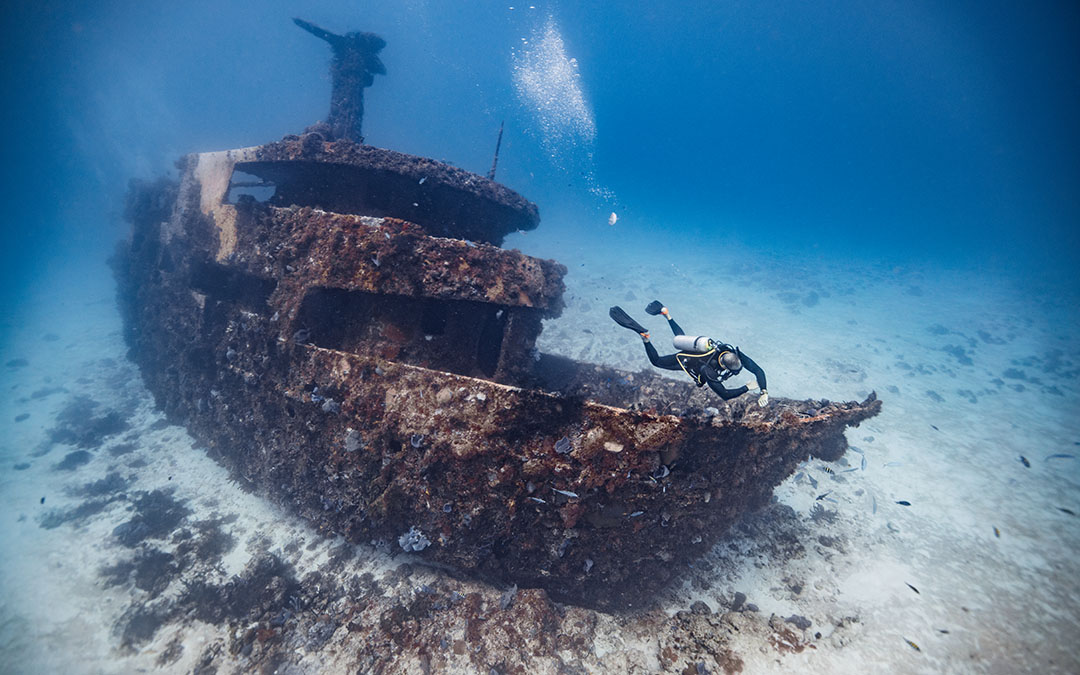J-Vo
Contributor
I think another interesting question is why is a technical certificate not accepted by operators in lieu of a solo certificate for non-technical solo dives? (I'm assuming they don't, of course.) Assuming you had the Instructor rating, you could teach the Solo specialty class.
A couple years ago I visited the dive site were I got my OW and AOW cards in the 90s. Upon showing my TDI CCR Heliotrox card, they asked if I had a buddy then required I show my solo card.




